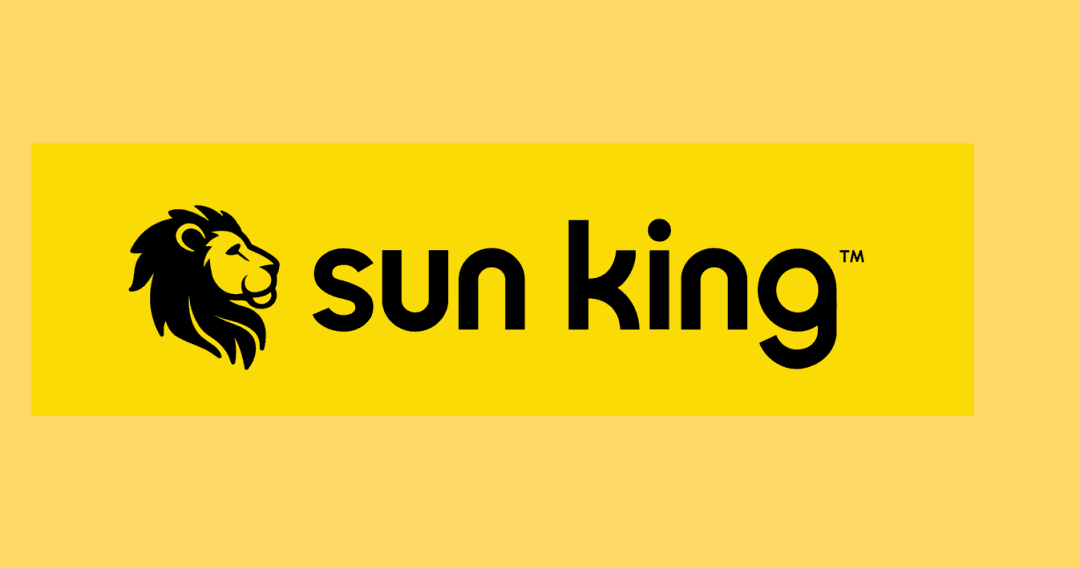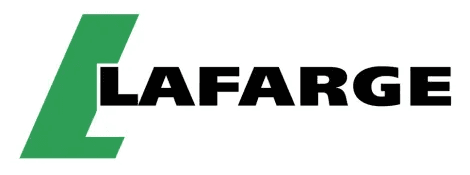Redefining Trading & Manufacturing Through
Innovation
We provide quality, efficient sourcing and delivery across retail, manufacturing, education, corporate, and humanitarian sectors.












































































































Our Strategic Partners
Collaborating with industry leaders to deliver cutting-edge solutions and innovative products across education, technology, and business sectors.

Value Smart Tech Co. Ltd
Value Smart Tech Co. Ltd is high-tech enterprise engaging in R&D, manufacturing and sales of educational and corporate presentation technology.
Driving Change Through Innovation, Quality, and Commitment
To be the preferred trading and manufacturing company in the Middle East and Africa (MEA), providing innovative products and services across multi-sectors by 2030.
International NGO clients
Corporate Clients

Top Tier Schools across 26 cities
Offices across 7 cities including 7 retail stores
Retail customers
Real Results.
Proven Impact.
We collaborate with top institutions, government agencies, and private organizations to deliver lasting impact in education, infrastructure, and garment production.
Partnering with SKLD for our office supplies has streamlined our procurement process, saving us both time and money.

Mr. Tunde Okoro
Operations Manager, Sterling Innovations, Lagos
The quality of products is consistently high. From stationery to ergonomic furniture, we've never been disappointed. It's great value for money.

Dr. Emeka Nwosu
Managing Director, Crestview Medical Center, Port Harcourt
Their customer service team is a pleasure to work with. They are knowledgeable, friendly, and always ready to help us find the perfect solution.

Mrs. Funke Adebayo
Studio Lead, Kobo Art House, Ibadan
Corporate Values
We strive to exceed expectations and maintain the highest standards of quality and accessibility in all our products and services.
We foster a culture of growth, innovation, and collaboration, empowering our team to deliver exceptional results.
We build lasting relationships with our partners, suppliers, and stakeholders based on trust and mutual success.
We are committed to sustainable practices and environmental stewardship in all our operations.
We actively contribute to the communities we serve, creating positive social impact through our initiatives.





